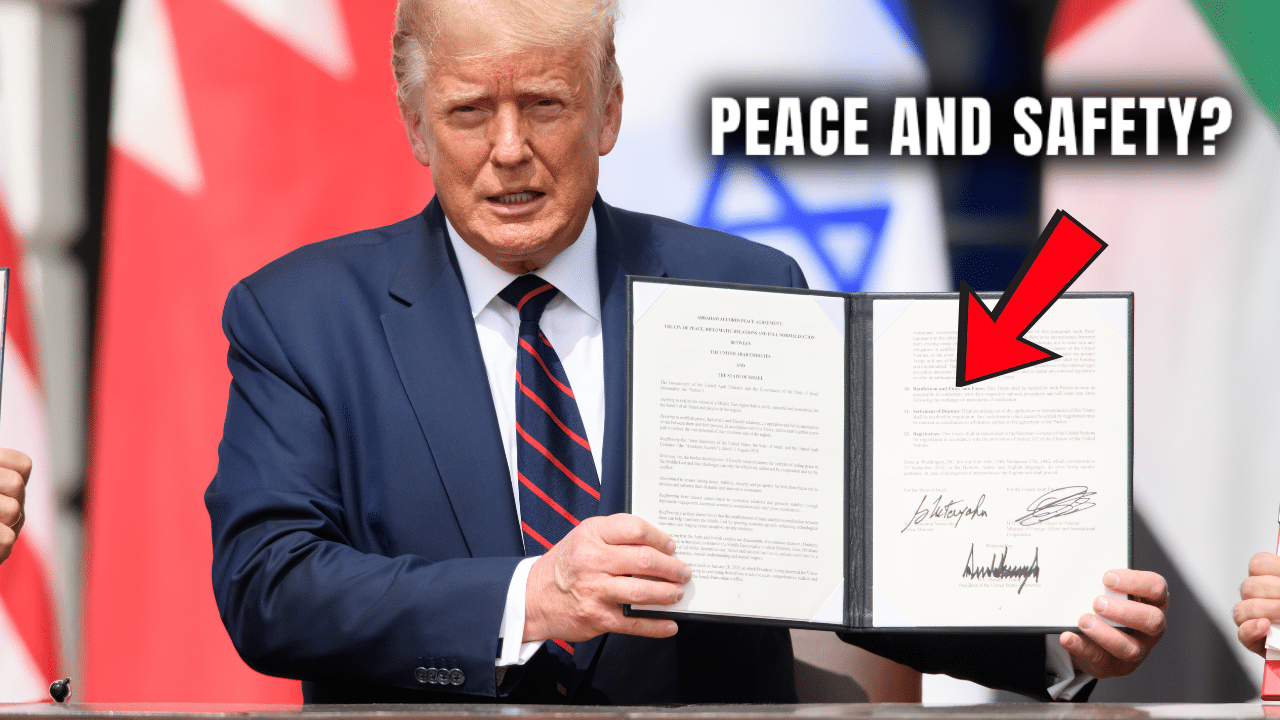The U.S. Department of Defense has issued a directive mandating the identification and removal of all transgender military personnel.
This action follows an executive order signed by President Donald Trump in January, which asserts that being transgender is “incompatible with the high mental and physical standards necessary for military service.”
The Pentagon’s memo, authored by acting personnel chief Darin Selnick, outlines a process for identifying service members diagnosed with or exhibiting symptoms of gender dysphoria.
These individuals are to be separated from service unless they obtain a waiver, though advocates describe the criteria for such exemptions as exceedingly narrow and contradictory.
Implementation of this policy is set to begin immediately, with military branches required to identify transgender members within 30 days and initiate separation proceedings within the following 30 days.
The memo also prohibits the use of Department of Defense funds for gender-affirming medical care and enforces a pronoun policy based on assigned sex at birth.
This directive has sparked significant backlash from LGBTQ+ advocacy groups and legal organizations.
Shannon Minter, legal director at the National Center for Lesbian Rights, described the policy as a “complete purge of all transgender individuals from military service.”
Senator Jack Reed, Ranking Member of the Senate Armed Services Committee, criticized the move, stating, “This is a divisive, discriminatory move that does nothing to keep the American people safe or strengthen our military.”
Legal challenges are underway, with several lawsuits filed against the policy. District Judge Ana Reyes has expressed skepticism regarding the administration’s justification, referring to the proposed ban as “unadulterated animus.”
This policy marks a reversal from previous stances. In 2021, President Joe Biden had lifted restrictions on transgender individuals serving in the military, allowing them to enlist and receive gender-affirming medical care.
As the situation develops, the future of transgender service members in the U.S. military remains uncertain, with ongoing legal battles and public debate surrounding the policy.










